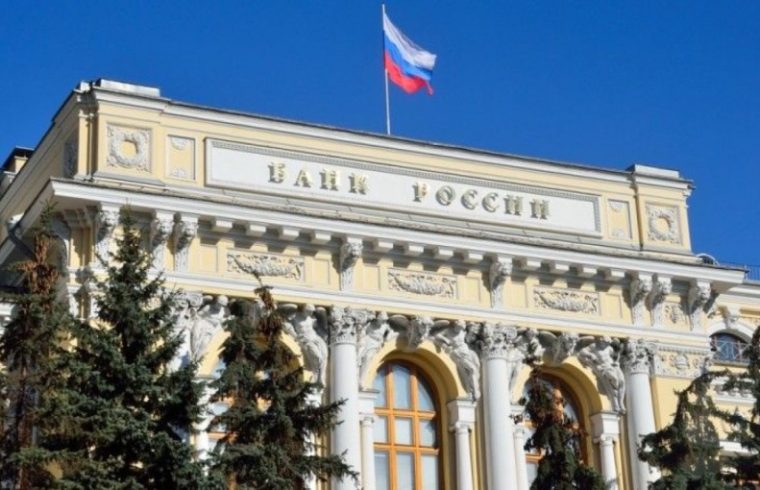In 2019, the market of unit investment funds (UIF) demonstrated growth of almost all indicators: a material rise in UIFs’ returns driving the number of unit holders — individuals amid declining deposit rates, and a nearly three-fold increase in the inflow of funds. These are the findings published in the Review of Key Indicators of Unit Investment Funds and Joint-Stock Investment Funds. The turbulence of financial markets in 2020 may alter the trends in this segment. However, they will depend on a variety of diverse factors.
Weighted average returns of open-end UIFs focusing on mass-market customers — individuals expanded by 9.2 pp, to reach 13.8% in 2019, while the weighted average interest rate on retail deposits equalled 6.6% in 2019. Returns across all types of UIFs increased by 8.7 pp, to total 10.1%. Moreover, the emerging segment of exchange-traded UIFs hit 21%. The consistent reduction in deposit rates throughout 2019 became a major driver of investors’ interest in alternative instruments. The number of new unit holders in UIFs was up 14.5% to 1.9 million, with the highest growth recorded in open-end UIFs (+171,100, to 741,900).
In 2019, the net investment inflow to UIFs totalled 645.1 billion rubles, which is almost three times more compared to the previous year. The share of their assets in GDP reached 4.7%. The largest portion of the inflow of funds was recorded by closed-end UIFs (520.1 billion rubles) that continue to account for nearly 90% of the overall market net asset value (NAV). Individuals and legal entities demonstrated higher demand for closed-end UIFs’ units that may continue in the situation where investors are transferring a part of their assets to the Russian jurisdiction.
In early 2020, open-end UIFs’ NAV maintained the upward trend. In January—February, it was supported by, among other factors, the continuing reduction in deposit rates and positive dynamics in the bond market. However, in March 2020, due to the coronavirus pandemic and the slump in oil prices, the situation in stock markets deteriorated. This could decrease individuals’ investments, primarily in open-end bond and multi-asset UIFs that are most sensitive to return fluctuations (these segments accounted for nearly three-fourths of the annual investment inflow to open-end UIFs in 2019).
In 2020, the dynamics of the UIF segment will depend on a range of diverse factors. Individuals are seeking to multiply their investments, which is why investors are starting to gradually switch to potentially more profitable, but simultaneously more risky instruments than bank deposits. On the other hand, a potential decline in banks’ incomes may boost their activities aimed at selling non-banking products, including UIFs’ units.












